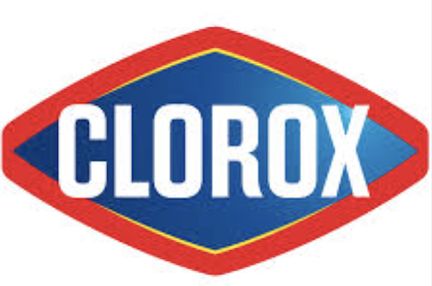A Team Any Loser Can Join
In his book, "Putting Amazing Back Into Grace," M. Horton suggests, "God has chosen a team that any 'loser' can join: not an entirely unattainable qualificaiton for many of us."
The author continues, "Knowing that God has chosen us reminds us that we are loved though not lovely; chosen, even though we're not necessarily choice in the eys of the boss, the spouse, the parents, or the folks at church. We are accepted--not becasue we are acceptabe ourselves, but because 'he hath made us accepted in the beloved' (Eph. 1:6)."
Pruning Isn't Just Good For Plants
Urban T. Holmes III has written:
"Any good gardener knows that beautiful roses require careful pruning. Pieces of a living plant have to die. It cannot just grow wild."
Holmes adds,
"We cannot simply 'celebrate growth.' It is more than to be regretted, it is tragic that we seem to have lost the insight that growth in Christ requires careful pruning. Pieces of us by our intentional action need to die if we are to become the person that is in God's vision."
"I am the true vine, and my Father is the gardener. He cuts off every branch in me that bears no fruit, while every branch that does bear fruit he prunes so that it will be even more fruitful" (John 15:1-2).
Removing Stains
In a sermon delivered by the late, great Haddon Robinson, he spoke about the stain of sin and its remedy. While the exact text is not currently available, the following is inspired by various accounts of Robinson’s sermon entitled The Stain of Sin::
Consumer Reports magazine once published a booklet with an intriguing title: How to Clean Practically Anything. The book offered advice on which solvents work best for removing all kinds of stains. Since my clothes often get stained, I really appreciated that book.
Did you know that glycerin can remove ballpoint ink stains? Boiling water can take out berry stains. Parents with young children should keep a gallon of vinegar handy for crayon marks. Bleach works well on mildew. Lemon juice is effective for rust.
I haven’t tried all of these remedies myself, but I figure the experts tested them first.
What you won’t find in that book, however, is how to deal with the worst stains of all—the stains in your life caused by sin. These are the deep, ugly marks left by hostile words and shameful actions. Tears cannot wash them away. Determination cannot erase them. Sometimes we convince ourselves that as life goes on, our sins will simply fade away. Yet unexpectedly, those stains seep back into our lives.

Robinson concludes,
The Bible tells us what we truly need: 'And the blood of Jesus, His Son, purifies us from all sin' (1 John 1:7). That is the only powerful remedy.
Just as every stain requires the right solvent, every sin requires the only effective remedy—Jesus’ blood. We may try to “scrub” our lives with good works, willpower, or time, but none of those can remove the guilt and shame that sin leaves behind. Only Christ can wash us clean.
So when we feel weighed down by past mistakes or ongoing struggles, the application is simple but powerful: bring your stains to Him. Confess honestly, receive His forgiveness, and walk in the freedom of a cleansed heart.
Every day is an opportunity to live in that freedom—no longer defined by old stains, but by the purity and grace that Christ gives.
"Have mercy on me, O God, according to your unfailing love; according to your great compassion blot out my transgressions. Wash away all my iniquity and cleanse me from my sin" (Psalm 51:1-2, NIV).